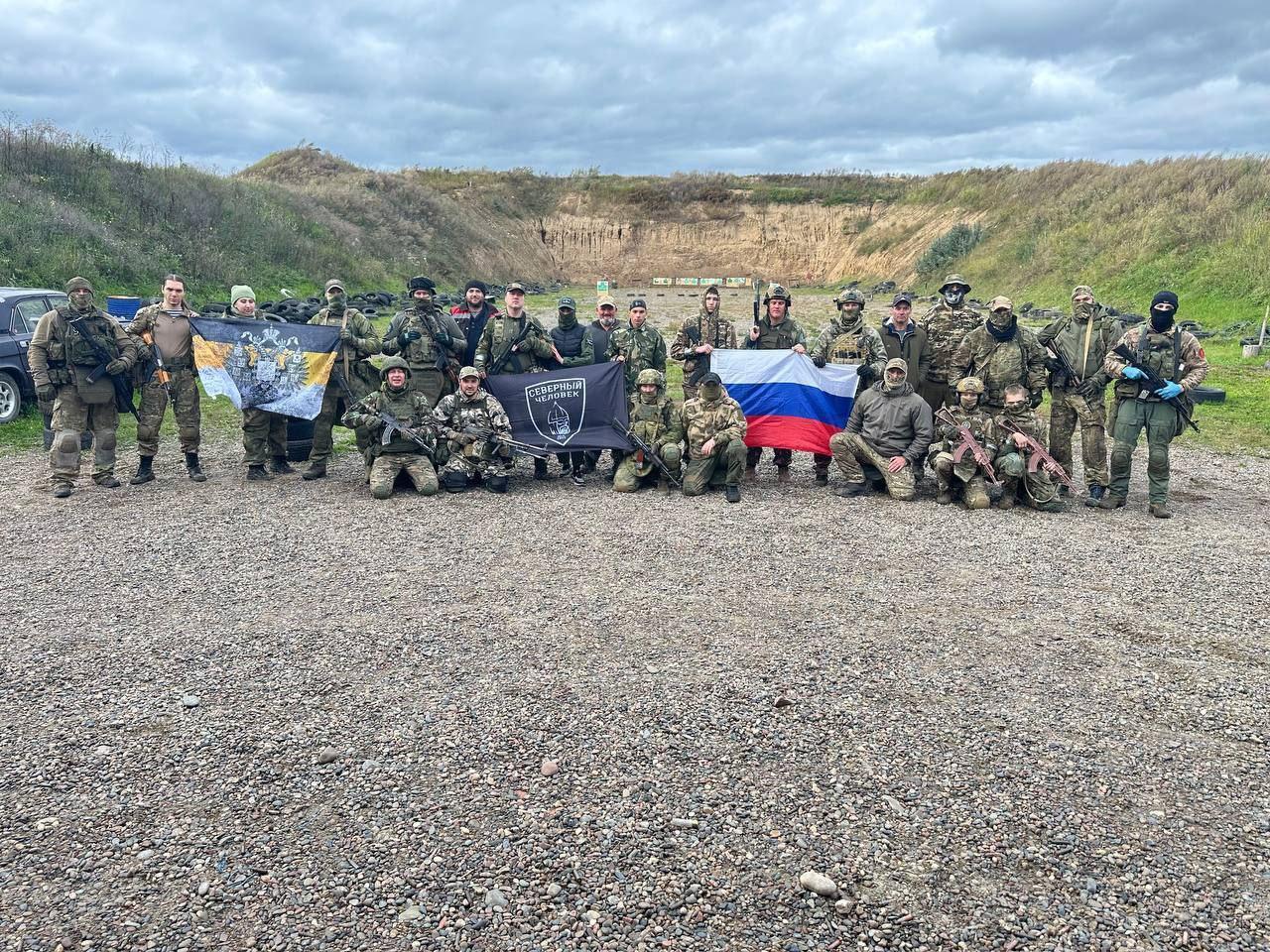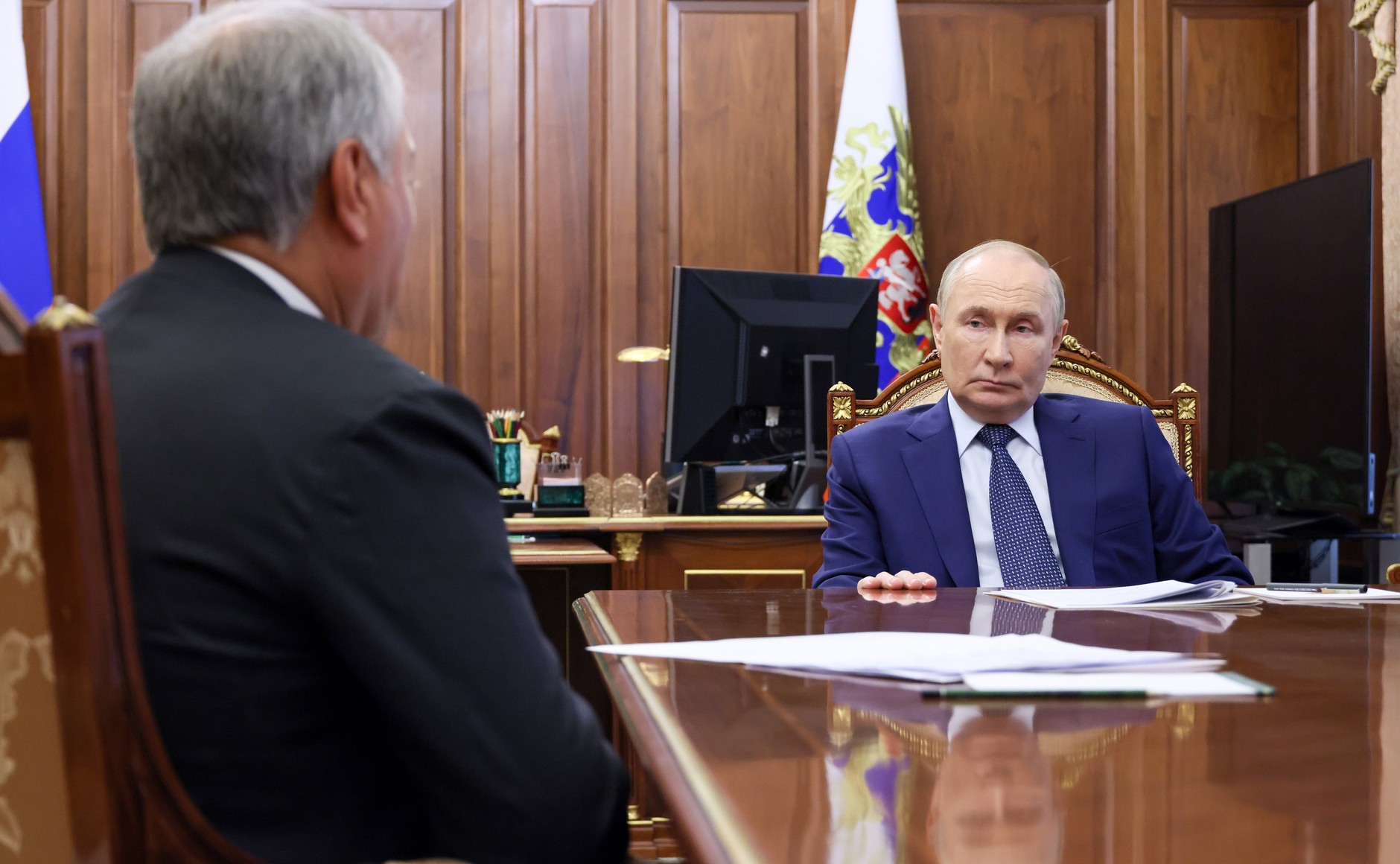
Chechnya, Ingushetia Again At Odds Over Long-Disputed Border
Chechnya, Ingushetia Again At Odds Over Long-Disputed Border
Although Chechen leader Ramzan Kadyrov had assured everyone three years ago that the administrative border between Chechnya and Ingushetia had been resolved once and for all (TASS, December 8, 2018), the issue has found a way to resurface in recent weeks. Only this time, the rival sides of the dispute are showing less civility or public consideration.
The catalyst for the current tensions was riverbank stabilization work on the Chechen side that began in early November. According to the Chechens, the project necessitated the temporary diversion of the flow of the Fortanga River, which marks the border between the two republics (Facebook.com, November 11). That alteration of the river’s course triggered an outcry in Ingushetia. The Council of Teyps (clans) and some Ingush officials (YouTube, November 17) were initially particularly upset that the Chechens had not informed the Ingushetian side in advance about the operations on the riverbed, although that assertion later proved not to be the case (YouTube, November 24).
When the Council demanded the simmering border dispute be resolved in a Sharia court, Chechen parliamentary speaker Magomed Daudov suggested that delegations from the two republics meet on November 21, close to the Fortanga River in the remote Galanchozh Rayon, part of which is claimed by Ingushetia. The Chechen delegation, headed by Daudov, which also included most of the republic’s remaining 40 lawmakers and Chechnya’s mufti, duly traveled to Galanchozh; but the Ingush delegation never showed up.
Speaking at the meeting place, Daudov declared that parts of what is currently Ingushetian territory belonged to Chechnya prior to January 1934, when the two separate regions were amalgamated to constitute a single Chechen-Ingush Autonomous Oblast. Moreover, he told those gathered that, “in accordance with the law,” the Chechen authorities would seek the return of those lands (YouTube, November 22). In particular, the Chechen speaker was referring to the Sunzha Rayon and chunks of the Malgobek Rayon, which, prior to the merger, were part of the then–Chechen Autonomous Oblast.
Daudov has the backing of Kadyrov, who, a week earlier, had issued a similar threat, claiming that “we have the power to take it all back” (YouTube, November 13). The Chechen strongman spoke at a retreat, also in Galanchozh Rayon, the purported purpose of which was to hear reports from government officials on progress in the construction of a road that runs parallel to the Fortanga and that the government of Chechnya views as central to the development of the region. The Galanchozh Rayon, whose reestablishment was announced in 2012, is one of the two districts that were disbanded in 1944, after the deportation of Chechens to Central Asia, but were never officially restored after their return 13 years later. To this day, this mountainous part of Chechnya, which some consider the cradle of the Chechen people, remains almost totally uninhabited.
Halfway through that session, Kadyrov called on Ingushetia’s leadership and the Ingush people to stop “the bunch of provocateurs” who, he alleged, are spreading falsehoods about the infrastructure development work in the area, calling for a revision of the 2018 land swap, and fanning anti-Chechen sentiment. If they do not stop, “I will take back the lands given illegally by [Chechnya’s breakaway president Dzhokhar] Dudayev to [Ingushetia’s president at the time Ruslan] Aushev,” he said (YouTube, November 13).
This is not the first time Chechen leadership has questioned the legality of the several-decade-old deal between Dudayev and Aushev that, in theory, was about the rejection of any unilateral territorial delimitation of the border, but which, in effect, due to the complex relations between Russia and Chechnya in the 1990s, resulted in establishing Ingushetia’s dominance over the two districts. The “question of revising the demarcation of the border between the republics of Chechnya and Ingushetia, agreed upon in 1993 by the then-presidents of the two republics,” was raised, for instance, in the draft power-sharing agreement between Chechnya and the Russian government back in 2005, when Ramzan Kadyrov served as the first deputy prime minister of Chechnya (RFE/RL, January 27, 2005). The Chechen authorities would return to the issue three years later in an appeal to the Ingush people that recalled that, in 1992, “an intergovernmental commission was established to delineate the border […], taking as the basis for discussion the border that existed prior to the creation of the Chechen-Ingush Autonomous Oblast in 1934” (RFE/RL, December 19, 2008). It is these two rayons, both of which, incidentally, have oil reserves, that Kadyrov now has in his crosshairs. Malgobek’s crude is especially valuable because it can be easily converted into gasoline and diesel (Stav.aif.ru, May 7, 2020) or be used for blending with, and lightening, many of the heavier crudes that are found elsewhere in the Russian Federation.
Meanwhile, on November 20, Chechen special forces began large-scale three-day exercises along the borders with Ingushetia and Dagestan. The rationale cited for those maneuvers was “to demonstrate Chechnya’s readiness for war amid an unstable situation in the world” (YouTube, November 24); in fact, they were a blatant show of force.
In an atmosphere of mutual suspicion and persistent territorial claims, trivial events can lead to serious miscalculations in responding to an exaggerated problem. It is not surprising, therefore, that routine construction work on a border river elicited concerns among the Ingush of Chechen encroachment. What is curious, however, is the absence of any reaction from Ingushetia’s leadership, which increasingly seems to have resigned itself to the fact that all the discourse is being controlled by non-governmental organizations like the Council of Teyps or the Mehk-Khel (People’s Council)—both with a reputation for tolerance of anti-Chechen rhetoric and reluctance to purge hatemongers in their midst. This provides excellent propaganda material for radical voices on both sides but also furnishes Kadyrov with a pretext to pursue aggressive expansionism. If the current situation deteriorates further, it could lead to serious regional destabilization. Moscow, however, appears reluctant to intervene.


